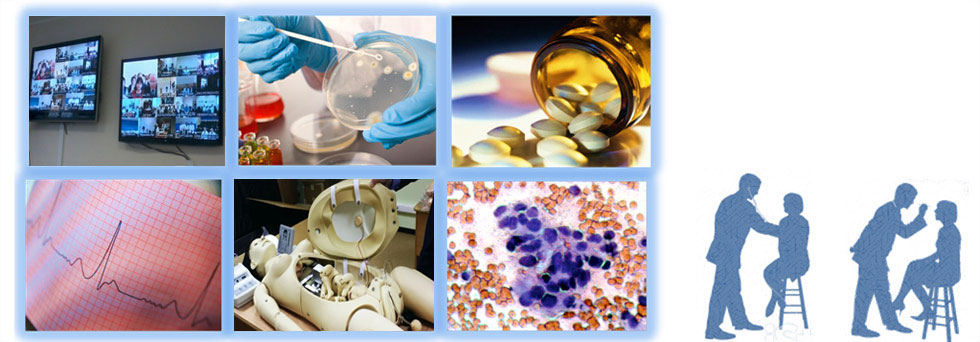Savushkin A., Sidorova N., Prokopuk S. Aspects of biotechnology of plant tissues, organs and cells in vitro for producing farmacologically valuable metabolites // Journal of Biomedical Technologies. 2015. № 1. P. 23‒28. DOI: 10.15393/j6.art.2015.3282
Issue № 1 (2015)
Methodical guidelines
Aspects of biotechnology of plant tissues, organs and cells in vitro for producing farmacologically valuable metabolites
| Savushkin Andrey Ivanovitch | FGUP «Gossortkomissiya», Petrozavodsk, L. Tolstogo str., 10, fagafon@yandex.ru |
| Sidorova Natalia Anatolyevna | Petrozavodsk State University, Petrozavodsk, Krasnoarmeyskaya st., 31-311, vanlis@petrsu.ru |
| Prokopuk Sofia Mikhailovna | Petrozavodsk State University, Petrozavodsk, Krasnoarmeyskaya st., 31-311, vanlis@petrsu.ru |
|
biotechnology plant tissue culture callus phytohormones metabolic processes biologically active compounds |
The article considers matters relating to the advanced research in plant biotechnology as the field of applied sciences accumulated the latest achievements of biological sciences and technologies; the results of studies on the diversity of bioengineering approaches for creation of producers of biologically active substances are summarized. In the context of plant biotechnology, specific methods for introducing the tissues of Maclura pomifera (Raf.) Schneid into culture were tested. A series of experiments were conducted to provide examples of modifying the composition of culture medium in order to obtain the primary callus. The dependence between the concentration of phytohormones in the medium and the peculiarity of callus formation from explants was established. The maximum size explant reaching 10.3 mm was obtained by using the medium with auxins 2.4-D and IAA in concentration range of 0.5-1 mg/l and 1-5 mg/l, respectively. It is suggested that the variability of Maclura pomifera (Raf.) Schneid stem tissues in their ability to form callus may be associated with changes in directions of metabolic pathways in plants. |
Displays: 8739; Downloads: 10320;




